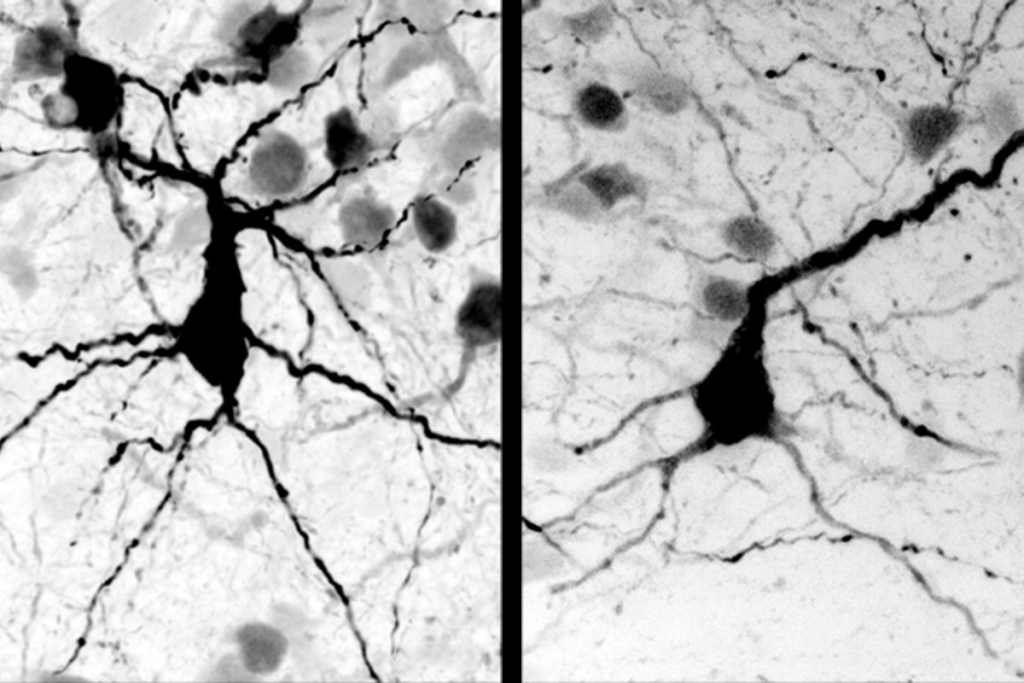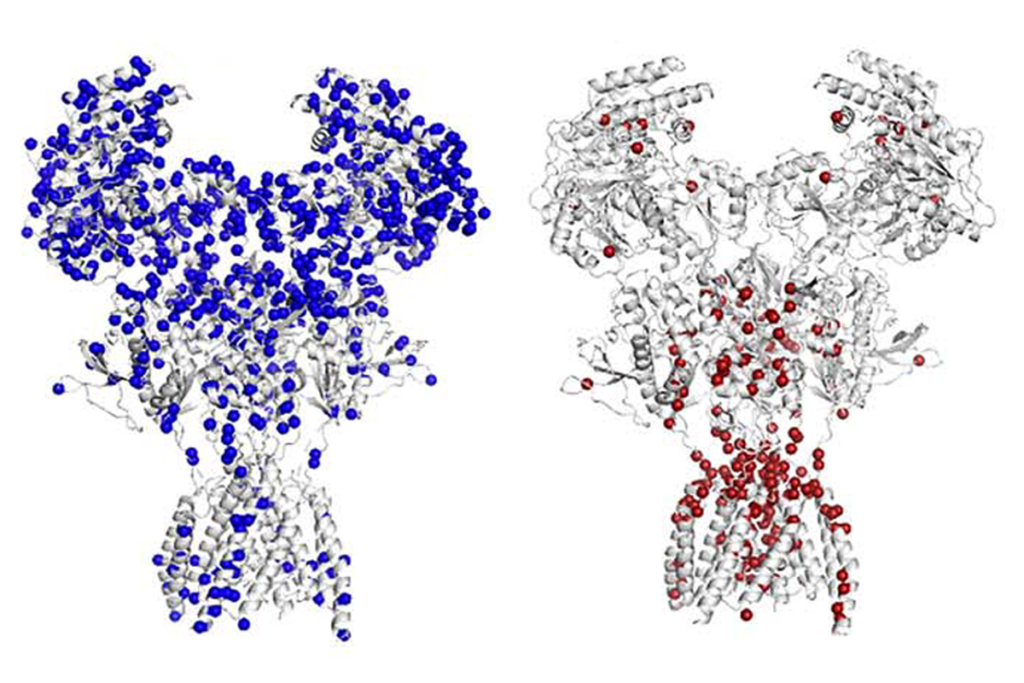Scratch the surface: Mice carrying a particular SHANK3 variant display heightened scratching behavior in response to a skin insult, according to a new study that attempted to model the altered sensitivity to touch observed in many autistic people. Electrophysiological analysis of sensory neurons revealed a decrease in mechanoreceptor responsiveness in the SHANK3 mice compared with controls. That reduced response, in turn, was linked to downregulation of TAFA4, a mechanoreceptor protein. Changes in the peripheral nervous system may play a larger role in autism than researchers have previously considered, the investigators note. Translational Psychiatry
More autism research we spotted:
- “Distinct early development trajectories in NFL± and TSC2± mouse models of autism” Journal of Neurodevelopmental Disorders
- “Long read genome sequencing elucidates diverse functional consequences of structural and repeat variation in autism” medRxiv
- “Speech and language disorders associated with 7q31 deletions implicating FOXP2” American Journal of Medical Genetics
- “Rare variants in BMAL1 are associated with a neurodevelopmental syndrome” Proceedings of the National Academy of Sciences
- “Lower cortical activation and altered functional connectivity characterize passive auditory spatial attention in ASD” bioRxiv
- “Simons Searchlight July 2025 Update: New Phenotypic Data Available” Simons Foundation
(The Simons Foundation is The Transmitter’s parent organization.)





